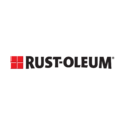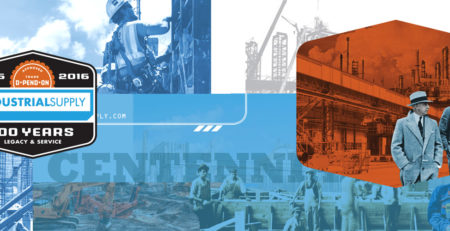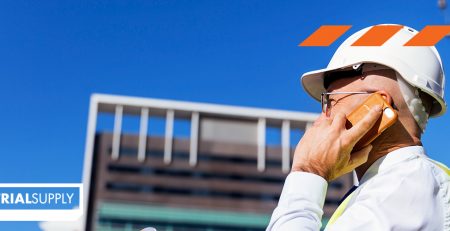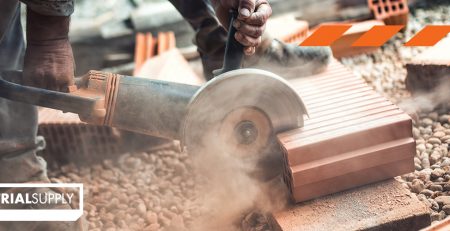Going Green: The Rise of Sustainable Building Practices
Energy efficient design, eco-friendly construction, sustainable building practices – these are all terms that are increasingly being used in the construction and facilities management industries. And for good reason! Architects, builders, and facility managers are seeing the benefits of buildings that minimize their reliance on limited resources, and create healthy work and living spaces.
So-called “green building” can be incorporated in all phases of a building’s lifespan, from its initial design and the methods used in its construction, to how it is operated and maintained. And, because we rely so much on our public, residential, and workplace structures, even small changes in how we design, build, and maintain them can make big differences in our communities.
The following statistics demonstrate the outsize impact our buildings have on our global energy use. According to the International Energy Agency , buildings and building construction account for nearly 40% of the total direct and indirect global emissions of carbon dioxide. In the United States, residential and commercial buildings accounted for about 40% of the total energy consumption in 2018 (from the U.S. Energy Information Administration).
Without changes to our buildings, these numbers will only get bigger as population increases and standards of living increase throughout the world.
There are many aspects of green building, such as:
- Designs that maximize natural light (and therefore decrease the need for artificial light), are highly energy efficient, use fewer materials, and generate less waste
- Building practices that decrease the strain on local resources by recycling construction waste and using environmentally friendly materials
- The use of green products in a building’s operations and maintenance, which creates healthier living and work spaces
In addition to the environmental and health benefits, there are economic motives for building sustainably, whether for new construction projects or “green retrofits.” Green buildings cost less to operate, since they use less resources to build and less energy to operate. There is also compelling evidence that a strong commercial market has developed for these buildings, as more and more people want to live and work in a sustainable structure (see World Green Building and Construction Trends 2018 here ).
Industrial Supply is proud to be a part of one of our great local examples of green building. The massive redevelopment project at the Salt Lake City Airport has been designed and built using high environmental standards, which its designers hope will earn it one of the highest certifications from the U.S. Green Building Council. Just as exciting is the development of a “Roadmap to Net Zero” for the project, which will outline how the facility can eventually generate as much power as it uses (see here ). The project leaders recognize that it is precisely this type of sustainable, large-scale facility that our city requires, and it will serve as a showcase of efficient, green building to the larger world.
Whether you are working on a new project, embarking on a green remodel, or reworking your facilities management, Industrial Supply has the products and expertise to help you create and run more sustainable, cost effective, and healthy facilities. Together, we can make a difference.
This Post Sponsored By





![[blog image that shows a skyline in front of graphic of green leaves. there is a headline that reads Green Building]](https://indsupply.com/wp-content/uploads/2019/10/2019_greenbuilding.jpg)


![[image for blog with various sized cnc metal cutting tools ]](https://indsupply.com/wp-content/uploads/2017/01/ISC_BLOG_cuttingtools-1-450x231.jpg)



